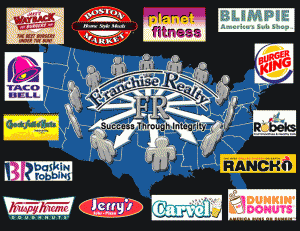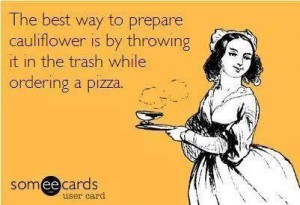A franchise may seem like a business in a box, but 
On the surface, opening a franchise may seem like a simpler, safer way to open your own business.
“It’s kind of a paint-by-numbers approach,” says Eugenia Tzoannopoulos, a franchise owner with Massage Envy. “If you follow it, you’ll be successful.”
Actually, there’s a lot more to it. Brent Greenwood of Firehouse Subs says that whatever your business produces, the key ingredients needed to make it a success are the same.
“It’s just like any other business out there,” Greenwood says. “You put all your blood, sweat and tears into it to make it successful.”
“Whatever we put into it, we’re getting out of it, and it’s for us,” says Suzanne Demeo, a franchise owner with Uncle Louie G’s Italian Ice and Ice Cream.
Demeo opened an Uncle Louie G’s Italian Ices and Ice Cream location after getting laid off from her job on Wall Street. Her shop is closed for the winter, but that doesn’t mean she’s not working.
“It’s not that you go home and you turn it off. It’s not 9 to 5. It’s home. When you’re home, you’re thinking about, what could I do? What should I do? How can I do this?” she says. “It’s not a 9 to 5. It’s a 24/7.”
With those kind of hours, you better like what you do, which is why experts say choose your business wisely.
“First of all, does this fit your lifestyle? What are your goals for wanting to open a business?” says Sujatha Sebastian, director of the Business Outreach Center Women’s Business Center. “I would say that it’s important to be excited about what you are selling, have an interest in it.”
Especially if you plan to be involved in the day-to-day operations, which many say is essential, at least at the beginning.
“Successful franchisees are involved in their business,” Tzoannopoulos says. “It takes being present. It takes knowing who your staff is and developing culture.”
Before buying, you’ll obviously want to consult with a host of professionals like lawyers, financial advisors and the Small Business Administration, but perhaps the most influential information will come from your fellow franchisees.
“Go and talk to them about how well they’re doing, would they do it again,” says Scott Kern, founder of Franchise Law Source. “‘I think that I can generate sales of this amount, and my expenses will be like this and my profits will be like that. What do you think? Does that make sense?'”
Finally, don’t assume that a proven business model is a golden ticket to success. Buying a franchise doesn’t just require a big investment of money, but a huge investment of time as well. Understanding the principle behind the franchiser’s model will make a huge difference in your thinking.
“It’s only going to work if you are in it 100 percent, and that comes from you,” Sebastian says. “That does not come from the franchise model.”
There are franchise models that require less money and mostly the investment of time. Investing in one of these models is a chance to learn the ropes.
The FTC has published a consumer guide on buying a franchise. For more information, visit business.ftc.gov.





